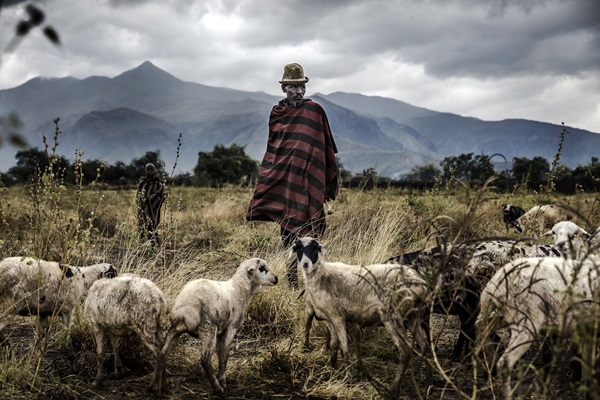 Bangladesh
Bangladesh

DC_Bangladesh
- 166.3 million
Human population - 444.5 million
Livestock population - 67% Chickens, 13% Ducks, 14% Goats, 5% Cattle and 1% Other
Livestock composition - 11.6 percent
Agriculture, forestry, and fishing, value added (% of GDP)
Overview
The rising incomes and shifting diets are expected to rapidly increase the demand for animal products in Bangladesh. Average national milk yields range from 2.5 litres per cow per day in subsistence systems to 7 litres per cow per day in commercial systems. Consumption of milk is growing at a faster rate than production in the country, resulting in a demand for imports. Between 2015 and 2016, for example, imports of dairy products reached almost USD 249 million.
Baseline greenhouse gas emissions
Between 2014 and 2015, the dairy cattle sector in Bangladesh was responsible for about 45.9 million tonnes carbon dioxide equivalent (CO2-eq.) of greenhouse gases. Methane accounted for almost 80 percent of these emissions. At the national level, the emission intensity of milk was on average 12 kg CO2-eq. per kilograms of fat and protein corrected milk (FPCM) for subsistence dairy systems and 5 kg CO2-eq/kg FPCM for commercial dairy systems.
Mitigation interventions
Inadequate animal nutrition and health, genetics, and environmental constraints, such as heat stress, contribute to decrease productivity and increase emission intensity in Bangladesh’s dairy cattle sector. Combining technical interventions such as deworming, urea molasses multi-nutrient block, balancing of feed ration and prepartum diets would increase milk production by about 26 percent and decrease emission intensity by about 17 percent. The study suggests that taken individually, these interventions have the potential to increase milk production by up to 15 percent and to reduce emission intensity by up to 28 percent. Adopting these interventions would result in considerable economic benefits at the farm level in both subsistence and commercial systems.






.tmb-th600x450.jpg?Culture=en&sfvrsn=d1641d27_3)